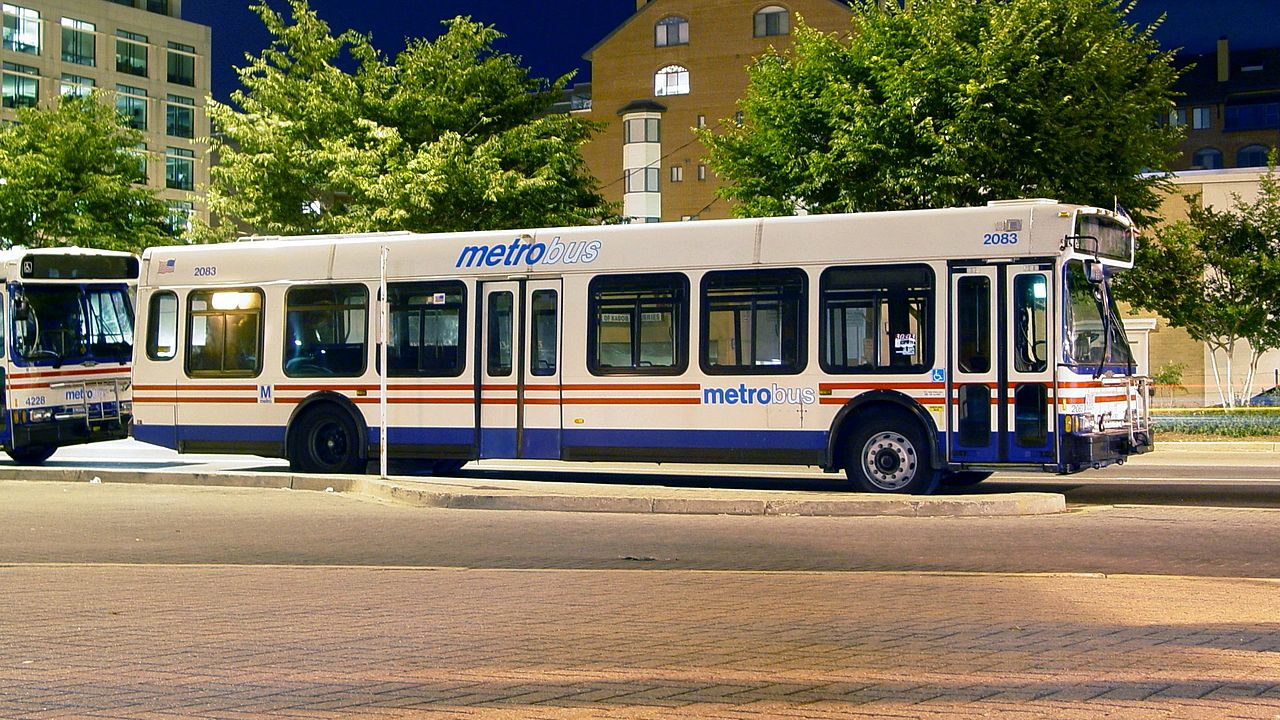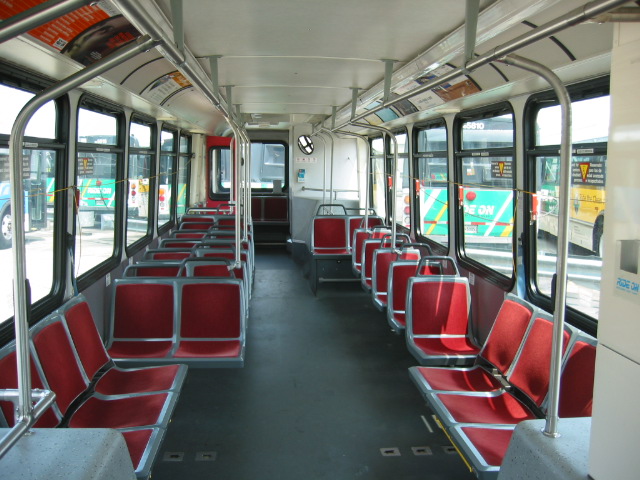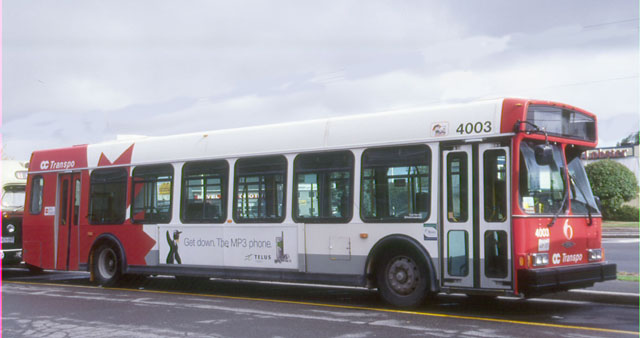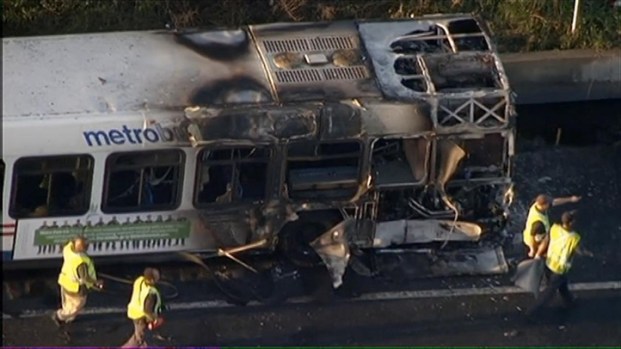For The Transit Fans: Vehicle Profile: Orion VI
Among one of the first bus designs utilizing the newly mandated "Low-Floor" designs the Orion VI has an interesting history in the Hall of Transit Greats.

WMATA Orion VI

Manufacturer Quick Facts:
Founded: 1975
Ceased Operations: 2013
Main Office: Mississauga, Ontario
Industry: Transit Buses
Notable Product: Orion II, Orion V, Orion VI, Orion VII

TTC Orion VI
Model Quick Facts:
Vehicle Length: 40 ft
Vehicle Width: 102 Inches
Engine Options: Detroit Diesel Series 50 Diesel Engines, CNG Retrofits
Transmission Options: Allison Transmissions
Assembly: Mississauga, Ontario, Canada
Oriskany, New York, United States

NYCT/MTA Orion VI
Overview: In the early 1990's the United States and Canadian Governments both began to pass legislation requiring buildings and public areas to be more accessible to the disabled and mobility impaired. This legislation eventually found its way to the realm of public transportation which until previously only required buses to have wheelchair ramps. However, wheelchair ramps on a bus with a "High-Floor" design (buses with steps on the entrance door) are complex and often impractical. Because they have a higher floor design the ramps must lift passengers in wheelchairs up off of the ground at an unsafe height making passengers uncomfortable. Bus manufacturers responded by designing buses with "Low-Floors" and eliminating the steps completely. The historic Orion V which used a high floor was succeeded by the Orion VI which had a lower floor. The Orion VI begins the era of the low floor design along with its competitors such as the Gillig Low Floor and New Flyer's D and C Model Ranges.
LAMTA Orion VI
However, like any new first generation product the Orion VI was plagued with design flaws and complications due to its drastic design changes. First, the Orion VI came with an notoriously awkward seating layout which was not ideal for larger transit networks because the bus did not have many seats nor enough standing room.

Orion VI Interior Seating Layout
Most of this was due to the engine compartment being inside of the passenger compartment (note in the right rear of the picture). The engine being inside of the passenger area consumed approximately 5 seats. Directly next to the engine was a bench of 3 seats and in front of the engine was a row of single seats which is extremely impractical. The first row of three seats on either side could be folded for any passengers in a wheelchair. This awkward design is one of the many reasons transit operators sought to replace their fleet of Orion VI's as quickly as possible. There were two main differences in layout between the Canadian and American versions of the Orion VI, With Canadian models using two doors at the front and rear of the bus while American models used two doors at the front and center of the bus. The Canadian variant offered two extra rows of seating.

OC Transpo Orion VI (Note the Door Placement of the Canadian variant)
Next the Orion VI was also among the first generation of of transit buses to implement hybrid technologies which at the time were notoriously unreliable. Many transit companies opted to keep their fleet of Orion VI's as Diesel only because of these complications.
Finally, the last and perhaps most serious complication of the Orion VI is the fact that these units were known to catch fire fairly often leading many of the larger transit networks such as WMATA in Washington DC and NYCT/MTA in New York to replace them far earlier than their full service life. Fires were caused by both the engine and braking systems after an Orion investigation. After this inquiry Orion retrofitted all Orion VI's and the fire problem still persisted.

WMATA Orion VI destroyed by spontaneous engine fire
All 96 of the Orion VI's in service with WMATA were pulled from service due to this unusual defect and replaced them with older Orion V and Flxible Metro B units until the debut of the New Flyer Xcelsior which was still in development at the time. NYCTA/MTA in New York City followed suit as well auctioning off their Orion VI's to private companies who were willing to by them.
WMATA Press Release on Orion VI fires (2007)
Because of these difficulties, finding an intact Orion VI is actually somewhat difficult making this one of the rarest transit buses of the modern era. Many Orion VI buses (especially in the New York area) have been refurbished and converted into double decker buses for tourist and sightseeing applications. The Orion VI was cancelled by Orion which used the lessons learned from the Orion VI and put them into a newer Orion V which continued production after the Orion VI was shelved putting the Orion VI in an unusual position of being succeeded by its predecessor.
The Orion VI may not deserve a place in the hall of the transit greats, but due to its interesting history certainly deserves an honorable mention.
WMATA Orion VI
LAMTA Orion VI
-
 3
3




1 Comment
Recommended Comments
Create an account or sign in to comment
You need to be a member in order to leave a comment
Create an account
Sign up for a new account in our community. It's easy!
Join the herd!Sign in
Already have an account? Sign in here.
Sign In Now